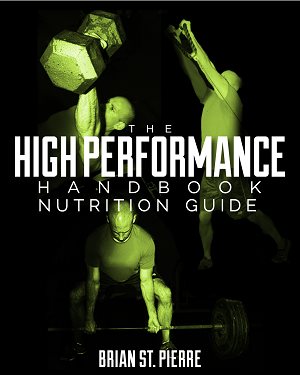Phytic Acid – Problems and Solutions
Filed under: General Health, Nutrition
What is phytic acid and why is it a concern is a question I get from a lot of people. Fortunately the answer is short and sweet, and there is a very easy solution to the phytic acid problem in grains.
Phytic acid is an anti-nutrient that is present in many foods, grains in particular. Whole wheat bread is a rich source of phytic acid. While it may be “better” than white bread, it is certainly not perfect.
Phytic acid binds to and prevents the absorption of many important minerals such as zinc, iron, calcium and magnesium, as well as the vitamin niacin. This could potentially lead to mineral deficiencies and some corresponding health problems that none of us want.
To solve this issue you can go one of two directions. You can choose white bread, as the refining process removes the bran where the phytic acid is located, or you can choose sprouted grain breads, as the sprouting process greatly decreases the phytic acid content while also increasing the mineral content.
The white bread option is clearly not a favorable one, as the refined flours contain far less fiber, phytonutrients, and minerals while also jacking up blood sugar. Fortunately sprouted grains have a far lesser effect on blood sugar, contain more fiber, more phytonutrients and more bioavailable vitamins and minerals.

The clear choice on bread and bread products are sprouted grain versions. They contain more of what you want, and less of what you don’t. They are becoming more highly available in the health food section of your local grocer, and are usually found in the freezer as they don’t contain any preservatives. You can simply keep them in the fridge.
Having said all that, is having whole-wheat products a bad thing? I wouldn’t go that far, but I do think sprouted grains are far superior and would highly recommend them.
Check out the BSP Training & Nutrition Newsletter!
You will get immediate access to:
- Weekly updates and exclusive content.
- The 20-page report "The Truth About Saturated Fat & Cholesterol."
- Become more awesome!
Posted on May 13th, 2011 by Brian St. Pierre
6 Comments




May 13th, 2011 at 12:18 pm
According to wiki ” Simply cooking the food will reduce the phytic acid to some degree”
So we can toast our brown bread to reduce the Phytic acid content!
May 13th, 2011 at 12:31 pm
Brian, one of the ingredients in Ezekiel bread is wheat gluten? Are you not concerned with the fact that gluten is added as an additional ingredient.
May 13th, 2011 at 3:54 pm
That’s interesting. How much does Phytic acid add up to in the grand scheme of things?
May 20th, 2011 at 7:40 am
Brian,
Sprouting and soaking doesn’t Eliminate all the phytic acid It only reduces the amount and then there is the issue of lectin, another anti-nutrient found in grains.
I guess my point is what benefit, besides convience (which could be argued), does eating bread provide. Especially when we have plenty of non-processed carbs available to use without the negative attributes!
June 15th, 2011 at 10:47 pm
[...] Phytic Acid – Problems and Solutions [...]
August 19th, 2011 at 6:42 am
[...] have written before about phytic acid and its work as an anti-nutrient. Phytic acid is present mostly in grains, legumes, nuts and seeds [...]